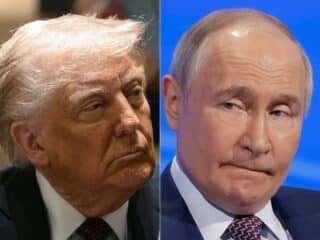The rate of increase in consumer prices in the Philippines is expected to have kept a “muted reading” in November, with inflation easing further and settling at 3 percent year-on-year, according to DBS Group.
The financial services provider said in a new research note the sustained downtrend was due to higher year-ago figures, stable food prices and the strong performance of the peso.
But the Singapore-based group warned that such a scenario was unlikely to continue into 2013, during which DBS expected price increases to accelerate in the first semester and average at 4.1 percent for the full year.
This means that DBS projects the growth of consumer prices to be a third faster than the expected 3.3 percent average in 2012.
The bank observed that the momentum of Philippine economic growth “has been very strong” during the first three quarters this year, especially with the country outperforming its Southeast Asian neighbors with a gross domestic product growth rate of 7.1 percent year-on-year in the third quarter.
“Domestic demand, aided by low interest rates, has been more than sufficient to offset the drag posed on the external front,” DBS said, alluding to the lackluster export sector.
Last month, DBS warned against too much optimism on the possible resurgence of Philippine electronics exports as non-electronics continued to prop up total outbound shipments.
DBS forecast an export rebound of less than 3 percent year-on-year for September, but the government earlier this week reported a jump of 23 percent.
The bank said the makeup of Philippine exports has changed significantly over the past two years and that electronics now make up a less sizable part of shipments of total manufactured goods.
On Monday, DBS also observed that government consumption had increased and is expected to rise in the first half of next year because of the mid-term elections.
“Accordingly, demand-pull inflation is likely to materialize in the medium term,” the bank said. “As such, further monetary easing appears unlikely.”



